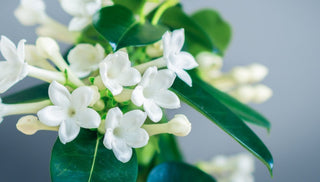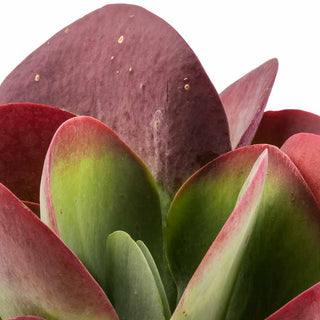☘ Origin: Asia, particularly India, Malaysia and Java
☘ Botanical Name: Ficus Elastica
☘ Family: Moraceae
☘ Common Name: Rubber Fig
Symbolism: Rubber Plant symbolize abundance, happiness and wealth.
🍃 Shop Your Rubber Plant Today!
🔆 Light
Rubber plants like bright light and a lot of it, but not direct sunlight, however it can also adapt to that, as well to the low light conditions. A sunny spot shielded by a sheer curtain is often perfect for rubber plants.
Give your plant a turn every few days to expose all sides to light for even growth from all sides.
💧 Water
Stick your finger into the soil mix and if the top inch (2.5cm) of soil feels dry to the touch, apply water - Do not overwater - as this will cause leaf drop and root rot.
To give your plant the absolute best, room-temperature rainwater and bottled spring water are your best options. Any water containing sugar or salt will hurt your plant!
☁️ Humidity
Normal room humidity is fine, although it will benefit from an occasional misting using filtered-water.
🌡️ Temperature
Rubber plant does well in normal household temperatures, but prefers slightly warmer conditions: around (16-24°C). Avoid cold draughts.
🧴️ Food
Apply a weak dose of a fertilizer once or twice a month during the growing season during spring and summer.
🐾 Toxicity
Ficus leaves are mildly toxic to humans and pets. Typically, ingestion will cause mouth and stomach irritation and possible vomiting.
➕ Additional Tips
A moderate to fast-growing plant which often reaches around 60m in their native environment. When indoors, it can be trimmed to maintain a desired height, and usually grows to a height of 30cm-2m.



